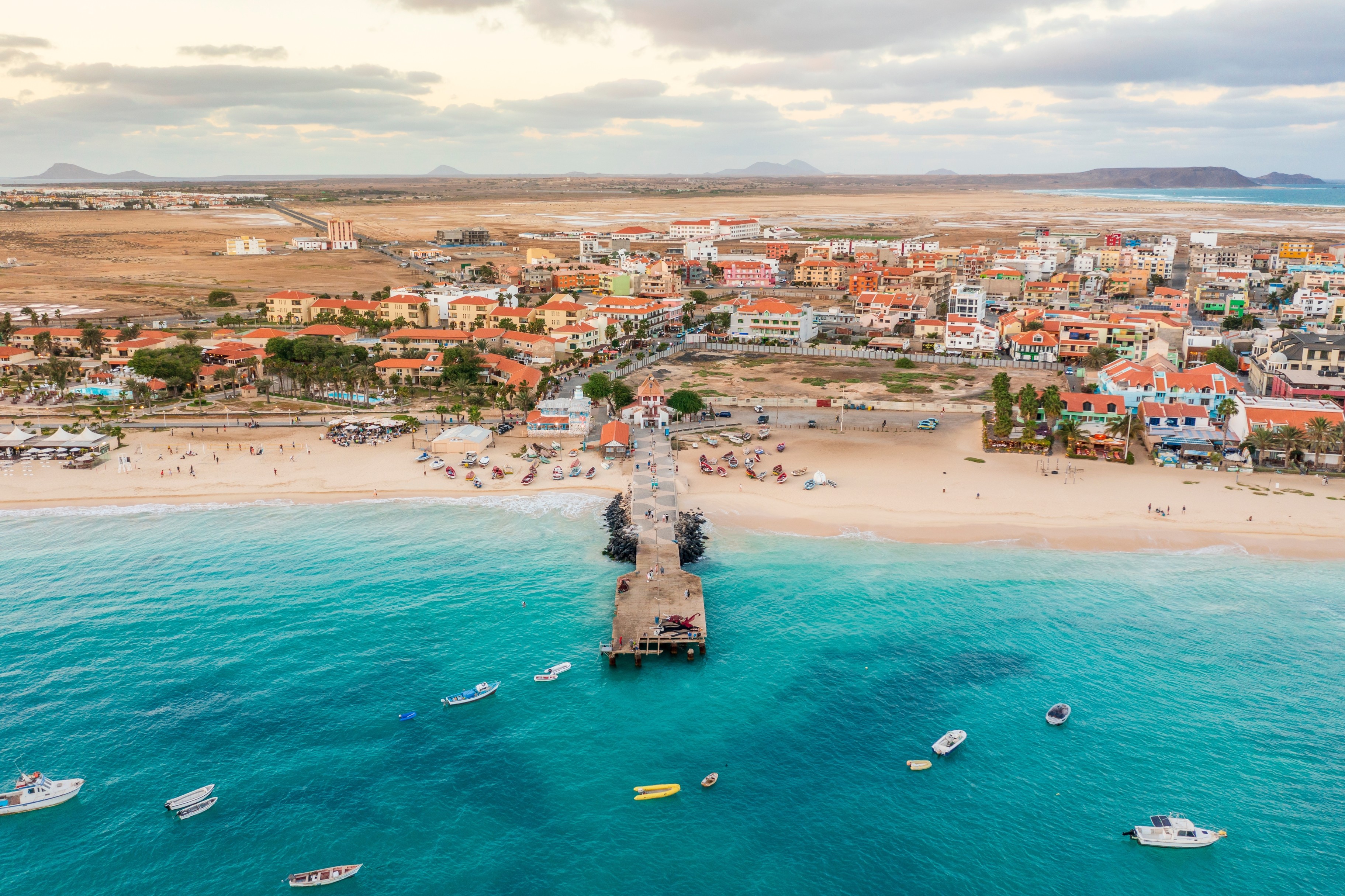We work with destinations to create comprehensive tourism strategies grounded in place, people, and performance. Our approach is rooted in deep fieldwork and stakeholder alignment—combining immersive audits with data-driven insights to define a destination’s identity, assess capacity, and establish a shared vision for growth. From the first site visit to the final five-year roadmap, every step is structured to move strategy into implementation.


